U.S. enters 2024 with its smallest military in over 80 years as active-duty troop numbers sink to less than 1.3 million and all branches except Space Force MISS recruiting goals and Pentagon issue ‘national call of service’ to Gen Z
The United States will enter 2024 with its smallest military in more than eighty years and faces one of its “toughest challenges” as it tries to boost recruitment of Generation Z, Pentagon officials said.
Under the annual $886 billion defense bill passed by Congress this week, the total number of active-duty troops will drop to 1,284,500 next year.
That's the lowest number since before the U.S. entered World War II in 1941 and officials said there should be a “national call to service.”
Recent recruitment targets in the Army, Navy and Air Force were missed, although the Marine Corps and the newly created Space Force achieved their goals.
This week, Ashish Vazirani, the Pentagon's acting undersecretary for personnel and readiness, told the House Armed Services Committee that the individual services missed their 2023 recruitment targets by a total of 41,000 troops.
The world's largest aircraft carrier USS Gerald R. Ford
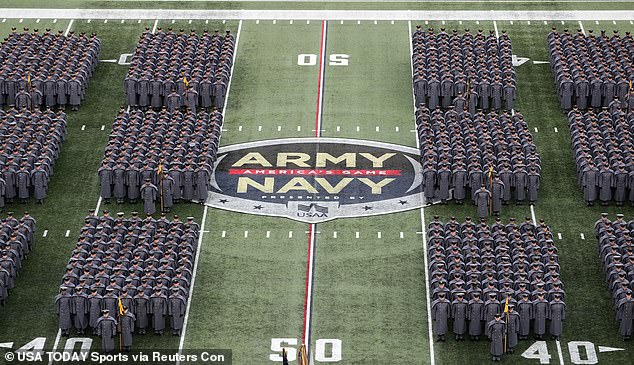
The army and navy are facing recruitment problems
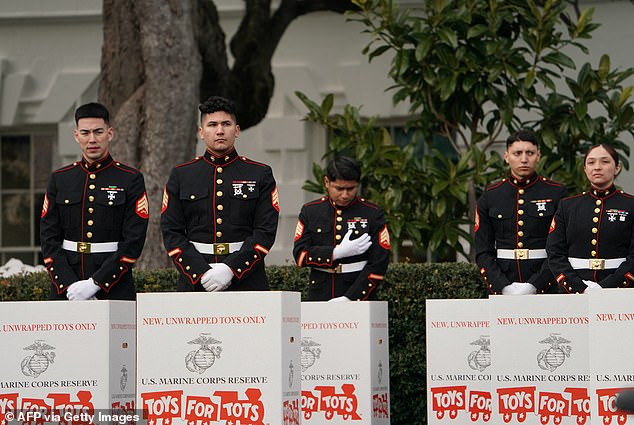
Marines in the South Portico of the White House in Washington, DC, on December 6, 2023
He said: “That number underestimates the challenge ahead as the services have reduced end strength targets in recent years, partly due to the difficult recruitment environment.”
Vazirani said the “all-volunteer force is facing one of the biggest challenges since its inception” in the 1970s, when conscription was ended.
Military recruiters say Generation Z – those born between 1997 and 2012 – tend to have “low trust in institutions” and “have increasingly followed traditional life and career paths.”
They have fewer family members who have served in the military, which leads to less inclination to serve.
Twenty years ago, 25 percent of young people would never have considered joining the military, but that figure now exceeds 50 percent.
“This has created a rift between the military and a large section of society,” Vazirani said.
“Today's youth won't say no to what the military has to offer, they simply don't know much about military service.”

The number of American soldiers on active duty has not been this low since the start of World War II
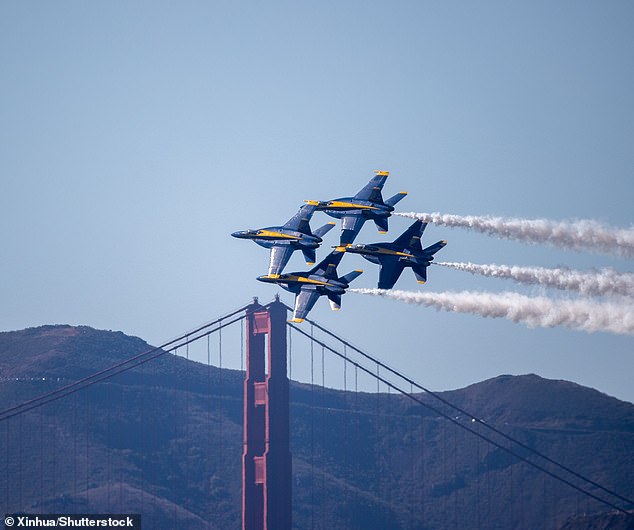
The U.S. Navy Blue Angels aerobatic team performs during an air show of the annual Fleet Week activities in San Francisco, the United States, October 6, 2023

Secretary of the Navy (SECNAV) Ray Mabus (left)
“While the picture of the current recruiting environment is acutely difficult, the Department of Defense and the military services are working together to resolve issues, improve processes and increase awareness of the many opportunities offered by the military service.
“We need to reach today's youth where they are with a message that resonates with them and motivates them to take action.”
He said there must be a “national call to service” from leaders and politicians.
“Over the past fifty years, an all-volunteer force has proven to be the best way to maintain a force capable of defending our nation,” he said.
“And with our combined efforts, I am confident we will remain so for the foreseeable future.”
All branches except the Space Force have seen active duty strength decrease since 2020.
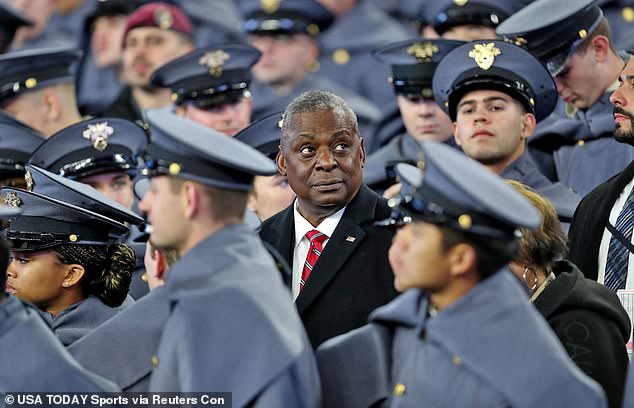
U.S. Secretary of Defense Lloyd Austin watches the game during the second half of the Army-Navy Game at Gillette Stadium

The number of active duty personnel has fallen under Joe Biden
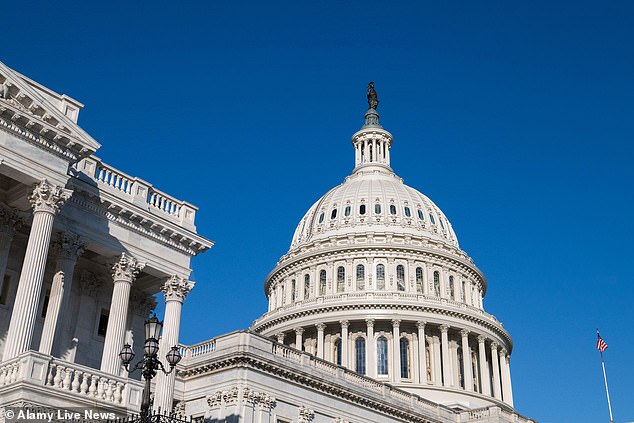
Congress passed an annual defense spending bill of $886 billion
The defense says the Army will have 445,000 active-duty soldiers, down more than 40,000 — 8.4 percent — over the past three years.
Meanwhile, the Navy will have 10,000 fewer sailors, down 3 percent, and the Air Force will have 13,475 fewer airmen, down 4 percent.
The Marine Corps will have 8,900 fewer active soldiers than in 2021, a decrease of almost 5 percent in three years.
Sen. Roger Wicker of Mississippi, a member of the Senate Armed Services Committee, told Military Times, “We need a larger force, in every branch. But the reality of recruiting drives the numbers, not what we actually need.”
